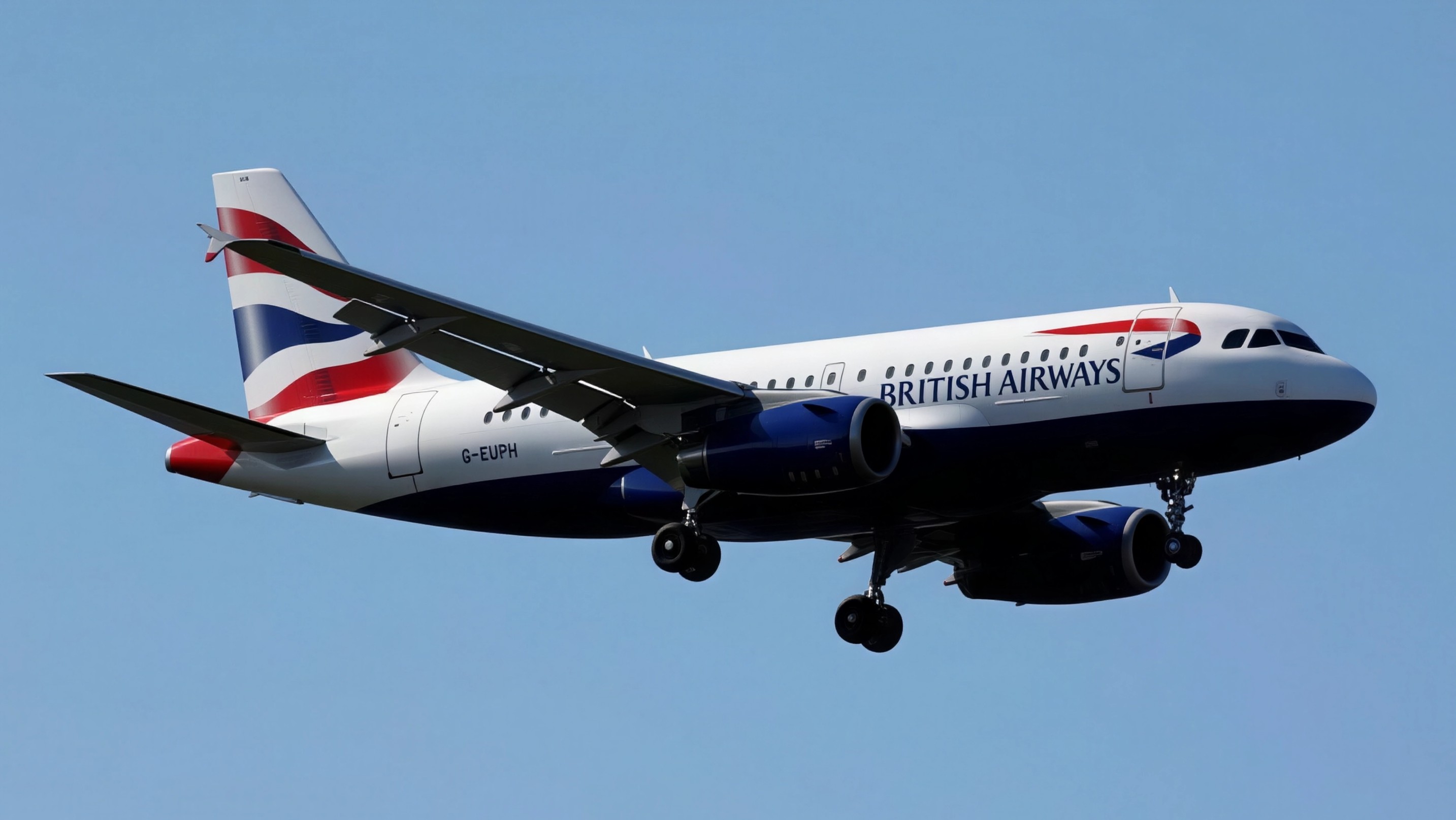For three weeks in October, British passport holders arriving in Manchester used enhanced egates that matched faces to secure government records without scanning a document. Border Force chief Phil Douglas said the pilot cut transaction times while retaining visible checks that reassure the public.
Building an intelligent and secure border
The Manchester test forms part of a long term plan to create an intelligent border by combining biometrics, artificial intelligence, and risk based screening with traditional controls. The UK already operates hundreds of egates nationwide and plans to expand coverage so that almost all travelers can use a gate of some kind.
Balancing speed with the airport journey
Officials noted an interesting side effect. Faster border lanes can push congestion to baggage reclaim. That insight will shape future rollouts where airport operations must stay in sync end to end.
What comes next
The system currently applies to British travelers. Over time, the UK expects to widen eligibility as it already does for nationals from several partner countries at egates. The goal is a border that feels smooth yet secure, aligned with global leaders in biometric travel while differing from systems that add repeated fingerprint capture.
Implications for travelers
If expanded, the model will shorten lines, reduce document fumbling, and set expectations for a digital identity journey that begins before arrival. Travelers will still see a clear moment of control at the gate, but with less friction.
Follow Travel Moves on Instagram and Facebook for more stories on travel technology and global tourism trends.









